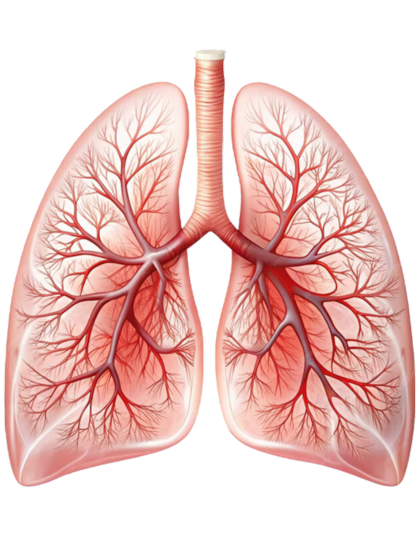Pulmonary
The Pulmonary Medicine Department is a vital division within hospitals dedicated to diagnosing and managing respiratory disorders that significantly impact overall health. This specialized unit employs advanced diagnostic tools, such as pulmonary function tests and imaging studies, to accurately identify conditions like chronic obstructive pulmonary disease (COPD), asthma, pulmonary fibrosis, and lung infections. With a focus on developing individualized treatment plans, the department emphasizes chronic disease management and patient education to empower individuals in managing their respiratory health. Additionally, many pulmonary departments engage in cutting-edge research, contributing to innovations in diagnosis and treatment. Overall, the Pulmonary Medicine Department plays a crucial role in improving patient outcomes and enhancing the quality of life for those affected by respiratory conditions.

